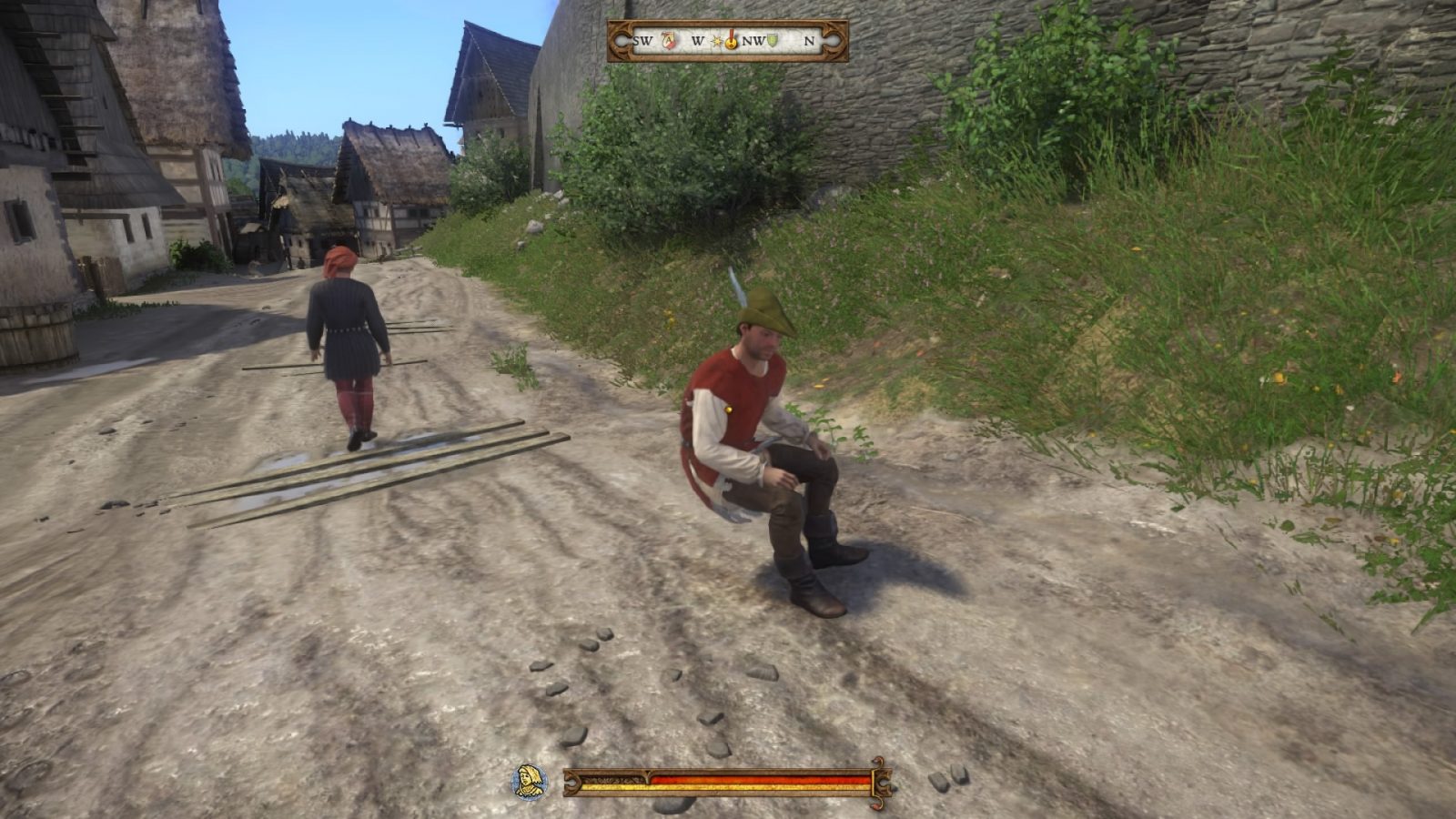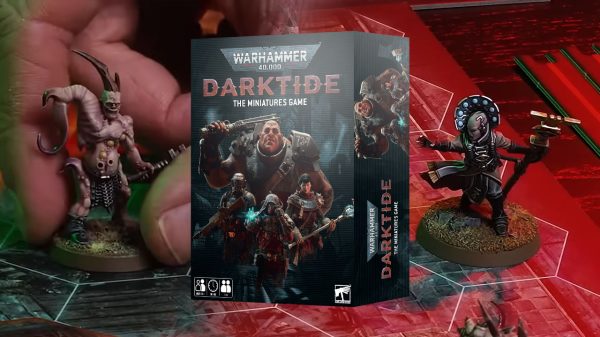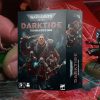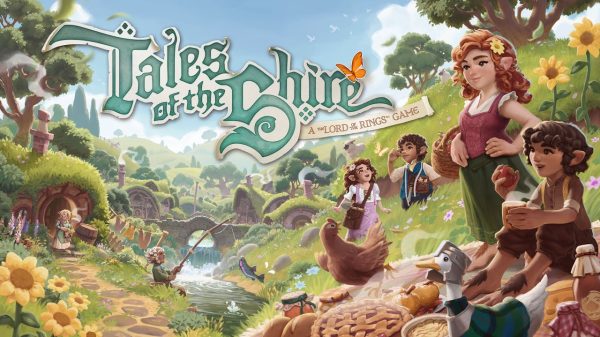The action RPG genre has been a staple in gaming since time began and if done well, it can give players a sense of immersion that is unmatched by any other experience. Furthermore, thanks to the popularity of fantasy narratives within the community, the medieval setting is one which has been well and truly plumbed, with contemporary titles such as Skyrim and The Witcher series drawing heavy inspiration from the aesthetic and culture of the time. In a valiant attempt to stand out from the crowd, Warhorse Studios decided to forgo the traditional notions of magic, dungeons and dragons, instead opting for a story built around the real-world events of Bohemia in the 1400s. After a long and controversial development period, we’ve finally had the chance to dive into the world of Kingdom Come: Deliverance, but will the choice to build a more ‘historically accurate’ game prove to be advantageous, or will it leave us wanting more?
As a player in KC: D you inhabit the character of Henry, a blacksmith’s son and basically a nobody, who spends his days loitering around town or carousing with his mates in the local tavern. After a tragic attack during a blood-soaked civil war completely destroys everything he knows and loves, Henry seeks the aid of local lords to help bring justice (or vengeance) to those who wronged him. Since the character is essentially a blank canvas, the way in which he interacts with the world around him is entirely up to you. You can choose to pursue a noble goal, forging Henry into a gallant knight in shining armour, or you can elect to take a more underhanded approach, killing and stealing to get what you want. The omission of magic and fantasy elements, the first person P.O.V, and the inclusion of more realistic mechanics generally serve as a boon to the game, but unfortunately, there are also some fairly glaring drawbacks to taking the pragmatic approach.

It’s a 15th century sports car. One Horsepower
The Good
When I heard about the prospect of a fresh and down-to-earth take on one of my favourite genres, I was pretty excited and truth be told, the tale of Henry and his quest is one that I actually really enjoyed. Typically in games like this, you play as the ‘chosen one’ archetype, someone who makes hard choices and takes bold actions to decide the fate of the world and those in it. Since the over-arching narrative of the period has already been written (in history), it frees up the story to focus on a more personal journey of loss, anger and vengeance. There is something really refreshing about not shouldering the burdens of the entire world and instead just addressing the motivations and actions of a single person. It’s because of this that I found it very easy to invest interest in Henry and his adventure, so much so I didn’t miss being able to create my own character.
The world itself is host to a more realistic population, who attend to their daily lives independently of Henry and his schedule. There are some quests that are time sensitive, the outcome of which will be determined by how you prioritise your actions. For instance, if you promise to assist a person who is ill and then decide to go off hunting, that person will perish and any hope of a reward is lost along with them. Or, if you are told to meet someone at a certain time and fail to show up, they can wander off and complete whatever task they were going to give to you. It’s a nice touch to prove that the world doesn’t revolve around Henry and if you say you are going to help someone, you probably should!
The people of Bohemia also interact with Henry in a more believable way, taking into consideration his appearance and reputation. Equipment can become dirty or damaged with use, and combat will result in your armour and weapons being caked in blood. Now, if you’re aiming to play as a more villainous character, this can work in your favour, but the townsfolk will shun you and you’ll draw unwanted attention from the guards. The more affable among you should instead maintain their gear by either visiting merchants, utilising appliances in the world and regularly visiting bathhouses (or water troughs in a pinch). This, along with resisting the urge to loot everything that isn’t nailed down, will result in a much friendlier reception upon entering towns, bringing with it the benefits of an unclouded soul such as looser tongues and discounted prices at stores.
If your interactions with the people around you take a turn for the worst and you end up having to use the sword at your side, combat will likely feel quite unfamiliar. Instead of the Skyrim ‘mash button to hit baddy’ style, KC: D takes a more finessed approach, giving you six target zones to attack your opponent. You can choose to engage either the upper area, mid area or lower area of the person you are facing and a more a direct ‘stab’ attack. It can take some getting used to at first, but each enemy will have a weakness depending on their equipment and learning to exploit that can feel pretty masterful. You also have to manage which type of weapon you’re using, as each class of armament has a different impact on each class of armour. For instance, swords and axes are good against light protection such as cloth, but you’ll need a mace or war-hammer to deal substantial damage to an enemy in full plate. This kind of gear management can be a little daunting at the beginning of the game, but pretty soon you’ll find yourself with different builds depending on the situation, rather than just picking the prettiest or highest rated sword.

That five-pointed shape on his chest? You could say it was a Death Star
The Bad
Hubris often leads to the downfall of bold and ambitious projects and KC: D’s commitment to ‘realism’ is actually a double-edged sword. The most frustrating mechanic by far would have to be the unforgiving and confusing save system. The ability to save your game is crucial in an RPG and there is nothing worse than losing large chunks of progress because of an inability to save when it’s convenient or required. As it stands, your advancement can only be saved manually if you possess an in-game item called ‘Saviour’s Schnapps’ which is both incredibly rare and expensive, particularly in the early hours. While there is still an auto-save function, it is vastly stripped back from what we are accustomed to, only applying after certain quest milestones and certain conditions. Several times I’ve found myself losing hours of playtime because of dying in a random encounter on the road, including beating a thoroughly punishing ‘boss’ character, which I then had to repeat. While I can appreciate the motivations behind structuring a system like this, I think it should come as an optional setting, a challenge for those players who like to live dangerously. So far, the current save system has been so unpopular that within days of release there was a mod for PC players and Warhorse Studios have promised to make adjustments to the mechanic in a future patch.
To make matters worse for a game with a challenging save system, KC: D can be absolutely brutal at times and if I had to draw comparisons, I would say that it was the Dark Souls of immersive medieval RPGs. For starters, the game encourages you to play the game in a style you prefer and being somewhat of a pacifist, I like to try and talk my way out of a conflict. While this works for a lot of quest-based encounters, you aren’t given this option when are you set upon in a random roadside attack. This means that if you haven’t invested any time or resources in weapons and armour, chances are you’re going to die. If you choose to yield, you might just be able to trade your life for your scarce amount of money, but running isn’t an option as the bandits just chase you down and attack you anyway. Around 10 hours into the game, you’re bottlenecked into a one on one fight with a very hard boss, who is incredibly punishing for such an early part of a huge RPG and many players (myself included) had to resort to ‘cheesing’ the environment in order to get by. The steep difficulty curve, the unfamiliar combat and restricted save system make it very hard to enjoy exploring the world, for fear of getting killed and losing whatever progress you’ve made since the last time you were able to save.

There’s a lot going on, but you’ve gotta gear up to survive!
The Ugly
While challenging mechanics in a game is something that I can get used to over time and even learn to enjoy, the things that really negatively impact my overall experience are the bugs. Some are small and funny, others are huge and game breaking and unfortunately KC: D is absolutely filled with them. Despite a colossal 23GB day one patch on PS4 and a subsequent 16GB patch two days later, I still found myself playing something that was very broken. From rendering issues and sporadic load times to huge roadblocks in quests, it almost felt like the game didn’t want me to play it. I completely failed one timed mission because I was totally unable to interact with an NPC I had to find, and at one point in the main quest, I was supposed to speak with a character who just happened to be behind an almost impenetrable door. In the end, I had to wait for another random NPC to open it, tailgate into the room behind them and pray that it didn’t shut before I had a chance to get out again. There is also a weird bug on some of the staircases around the world, so occasionally in order to climb them, I have to face Henry away from the area, hold back and mash the jump button until I break through whatever is stopping him. I’ve no doubt that a lot of these issues will be fixed in the future, but right now it’s a hot mess.

Leg-day was serious back then
Final Thoughts
Honestly, it’s really hard to sum up how I feel about this game. Despite the flaws I still find myself enjoying Henry’s adventure and the original approach to a lot of the RPG elements. That being said, Kingdom Come: Deliverance is so buggy and broken that I can’t rightfully recommend you run out and buy it as it currently stands. If you’re willing to slog through a swathe of glitches and challenging game design you’ll definitely find a diamond in the rough, but if you want to experience the rich and immersive action RPG to its fullest capacity, I’d wait a few months until all the kinks are ironed out.
Reviewed on PS4 | Review code supplied by publisher

- Warhorse Studios
- Deep Silver / Warhorse Studios
- PS4 / Xbox One / PC
- February 13, 2018



If they had waterproof controllers in the 80s, Edward would probably have been gaming in the womb. He'll play anything with a pixel and would rather make console love, not console wars. PSN / XBL: CptLovebone




























